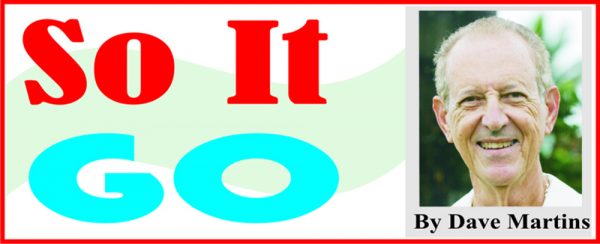
Like most people in their growing up years, I discovered early on the influence music can have in our lives, ranging from birthday parties to wedding receptions to special days in the year, and at celebrations large and small at settings ranging from simple to elaborate. Also in my 50 plus years as a musician, I have seen that influence played out on a range of occasions in a range of countries, with joy and excitement so often the result.
Along the way, though, I must admit that the single exception to that euphoria for me has been the music of Auld Lang Syne which is a showdown at New Year’s Eve celebrations in most countries. From the first time I heard it as a young man in West Dem, that particular piece of music struck me as odd because there’s a definite message of sadness, I would even say upset, conveyed by the music; it makes us tearful. Yes, it’s an appealing tune, but the forward lift one might expect in a “Happy New Year” message is not bold in the signature song. This may be due to the fact that I know nothing about the history of that piece of music, with its “look back” message, but I have always found it strange that such a witty song should have become the standard price in the future-looking year- end celebrations. The effect of the piece on crowds in celebration leaves me to admit that New Year’s Eve crowds are responding to something unknown to me: the New Year’s Eve celebrations, roaring until a few minutes before midnight, would be cut off immediately as the hour struck, to be replaced by all standing for a few minutes to the strain of Auld Lang Syne, who would then be immediately replaced by the keen celebrations and balloons, confetti, and so forth.